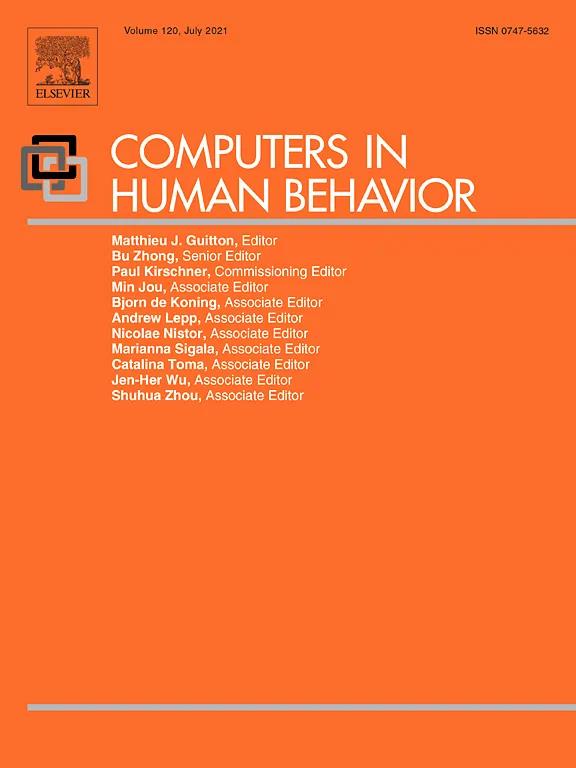作者:徐炜、Finbarr Murphy、许闲、邢文鹏 发布时间:2021-05-09 来源:复旦发展研究院+收藏本文
网络风险的动态沟通和认知:来自媒体大数据的证据
Dynamic communication and perception of cyber risk: Evidence from big data in media

Volume 122, September 2021, 106851
徐炜 | 复旦发展研究院中国保险与社会安全研究中心青年研究员
Finbarr Murphy | 爱尔兰利莫瑞克大学凯米商学院会计与金融系
许闲 | 复旦大学风险管理与保险学系主任、复旦发展研究院中国保险与社会安全研究中心主任
邢文鹏 | 香港浸会大学理学院计算机科学系
摘要
网络风险一直被视为对正常商业和社会活动的威胁。无论这种风险是真实的还是被感知的,了解社会对它的风险沟通和认知如何随着时间的推移而变化,对监管当局和保险公司都具有重要意义。
本文分析了2009-2018年的19.6万篇中国线上和线下媒体新闻,以识别网络风险来源的动态性和相关的社会评估。本文综合自然语言处理技术(Natural Language Processing)和统计学方法,确定了34种网络风险来源。事实证明,互联网金融欺诈和移动手机信息泄露最受中国民众关注。政府的行动影响公众对不同网络风险来源的关注,而这一影响在过去的研究中一直被忽视。社会对大多数网络风险来源的厌恶随时间呈倒U型变化,适应和学习效应可以解释这种动态变化。另一项发现是,在较长的时间尺度上,网络风险感知与新闻情绪而非新闻数量具有强相关性,这对监管机构和保险公司具有一定启发。
Abstract
Cyber risk is consistently viewed as a threat to the proper function of commercial and societal activity. Regardless of whether this risk is real or perceived, understanding how societal communication and perception of it change over time has important implications for both regulatory authorities and insurers. This contribution analyzes Chinese media news over the years 2009–2018 to identify the dynamics of cyber risk sources and associated societal assessment. Taking the psychometric paradigm as its point of departure and applying combination of computational and statistical methods, we identify 34 sources of cyber risk. The actions of government turn out to have a significant impact on public attention to the different sources of cyber risk, an influence that has been neglected in past research. The dynamics of societal aversion against most cyber risk sources are found to present inverted-U shapes. Adaptation and learning effects are found to explain this dynamic. Another finding is that news sentiment has a strong correlation with cyber risk perception, an insight of importance for regulators and insurers.
Highlights
• Online financial fraud and phone taps are the most concerned cyber risks in China.
• Chinese public attention to negative cyber risk sources is lower in recent years.
• Government action affects the distribution of public attention to cyber risk sources.
• Societal assessment on most cyber risk sources has an inverted-U shape over years.
• Societal cyber risk perception relates more to news sentiment than to news amount.
本文链接
复制以下链接至浏览器:
https://www.sciencedirect.com/science/article/abs/pii/S0747563221001746
获取全文